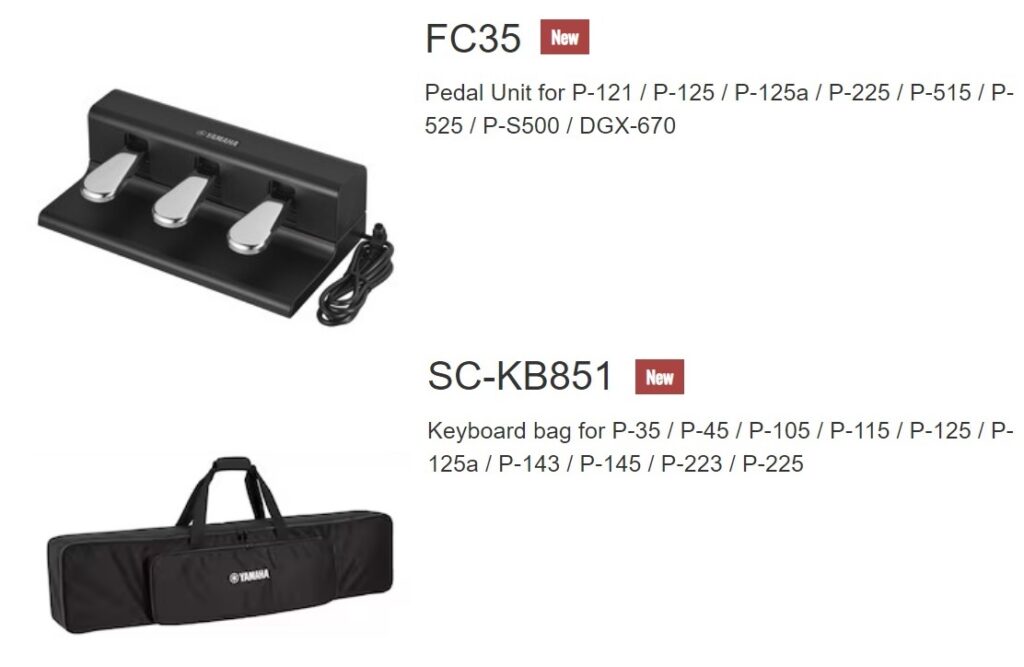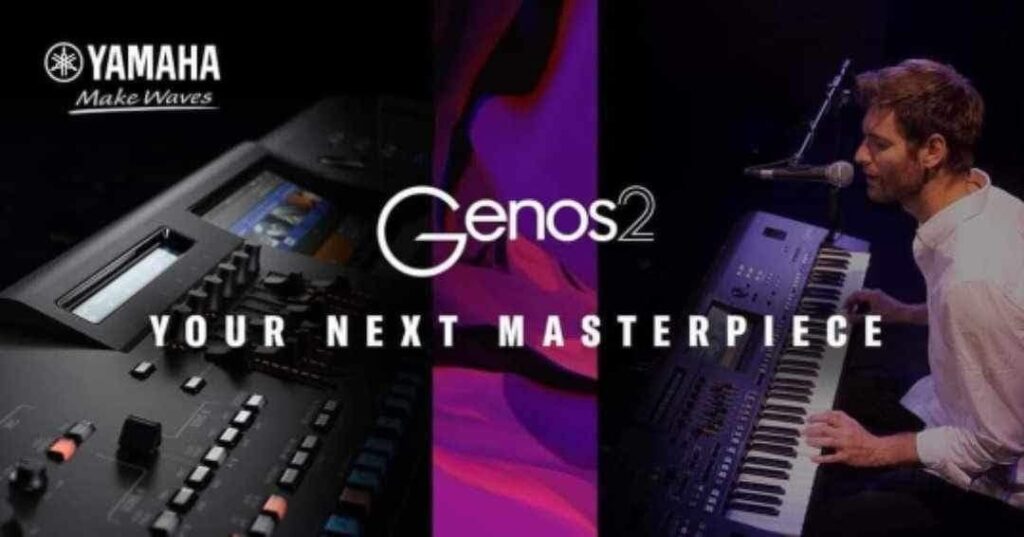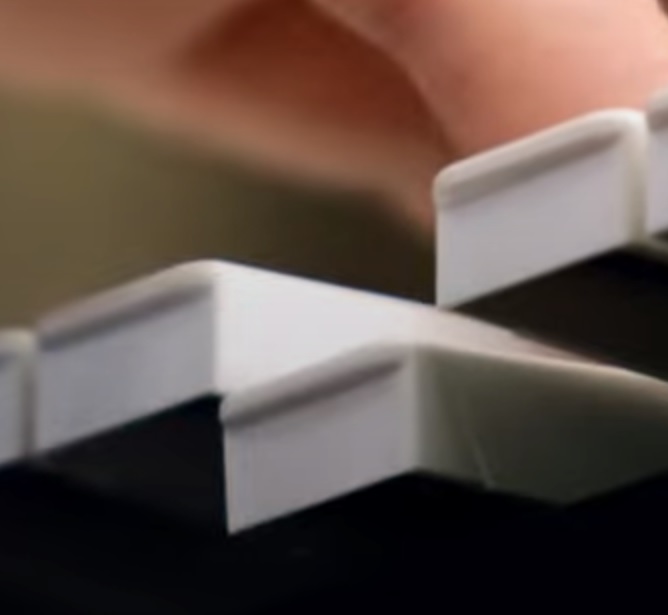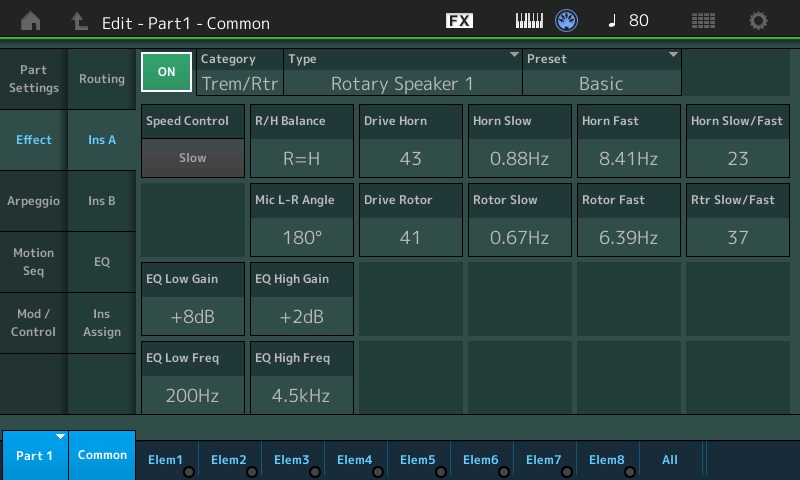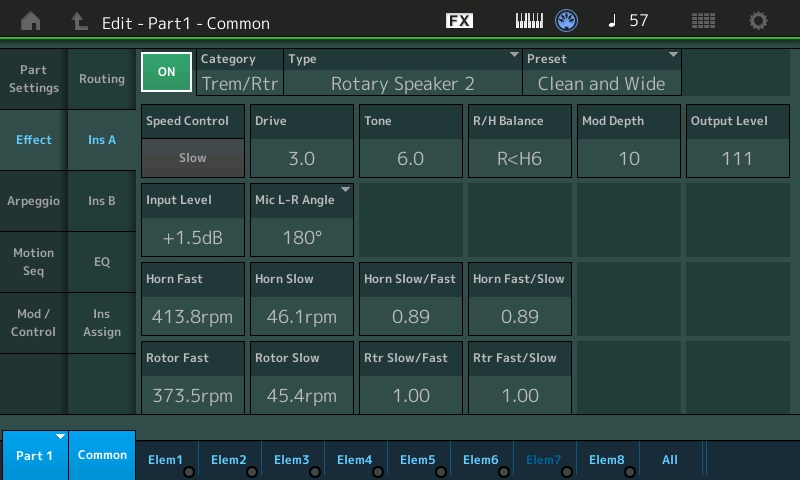I promised to say a few words about the new styles in my free Performance Style Collection (Version 2).
Motif/MOX, again
Five of the new styles are converted from Motif/MOX Performances:
Bubbly Dub 77 Dub reggae (Long live King Tubby!) Dresden At Night 91 Chill Poppyhanger 90 Mid-tempo electronica (minor key best) See The Show 100 Prog rock (ELP, Yes, Emerson, Wakeman) Ticking Away 120 Prog rock (Pink Floyd)
In case you’re not hip to Motif/MOX terminology, a Performance is a style-like group of voices and arpeggios (musical phrases). Most of these Performances are available for Montage and MODX, too — load the “MOTIF XF Performances for MONTAGE” library.
“Bubbly Dub” is my homage to King Tubby. Dub is totally under-represented in Yamaha styles. Reggae, yea, but give me those funky effects! If I have a slam on “Bubbly Dub,” it doesn’t go far enough.
“Dresden At Night” and “Poppyhanger” are upbeat electronica. Feel free to tear them apart and use the phrases.
“See The Show” and “Ticking Away” should tickle prog rock fans. “Ticking Away” is obviously based on “Time.” “See The Show” is a mash-up of ELP and Yes. If you figure out how to tame “See The Show,” please let me know.
Swizzle them phrases
Ableton Live always seemed like a natural tool for style assembly. Finally, this dreary winter, I gave Live a try in this role. The end result is six new downtempo and funk styles:
Cool Revibed 85 Downtempo DownTime 71 Downtempo Funkin Style 114 Jabo funk Slow Walker 75 Downtempo (minor key best) Slow Walker DJ 75 Downtempo DJ style (chord progression built-in) Street Genos 90 Hip-hop (needs Vocal Beat Box)
These styles are based on mixed and matched MIDI patterns from various collections. I want to shout out Groove Monkee, Apollo Sound and Equinox Sounds. If you want to do downtempo, chill or the hippity-hop, look at these brands.
Mostly, I banged MIDI loops together in Ableton and adjusted a few notes here and there to put melodic parts into the same scale. “Slow Walker” was a challenge in this regard. Pushing the notes into the same scale took character out of the sound. So, I did a “DJ” style with the original notes/changes cooked in. “Slow Walker DJ” follows the root note, but not the chord type.
“Cool Revibed” has a slightly different process. I started with the rhythm patterns in the Genos “CoolR&B” style and then hung phrases on it like Christmas tree ornaments. Having the rhythm down is a good way to start composition, if the rhythm is inspirational.
As to Live and sound generation, sometimes I started with Live software instruments, got the MIDI patterns going, and found sound-alike Genos patches for the final assembly. Other times, I drove Genos directly from Live, picking out voices and DSP effects by hand in the Genos mixer.
Jam away
I’m a long-time fan of Jean Luc Ponty’s “A Taste For Passion”. I caught Ponty live sometime around 1980 — great concert! Keyboardist Allan Zavod (RIP) was under-recognized for his contributions.
“Sunset Drive” is one of my favorite tracks from the album. The “Sunset Drive” style is a jam-along style with the bass and chords cooked in.
Sunset Drive 136 Jammin' jazz by Jean Luc Ponty (Cm scale)
The style will follow the root note. So, start out in Cm7 and modulate down to Am. Then, up to Cm7, again. Fun, fun, fun!
One of these days, I will give “Beach Girl” the same treatment. Beautiful tunes, all.
Don’t forget, I have additional free content for Yamaha PSR, Tyros and Genos:
- Genos2 R&B styles converted for Genos1
- Free DJX-II styles (version 2)
- Performance styles for PSR-E443
Copyright © 2024 Paul J. Drongowski



